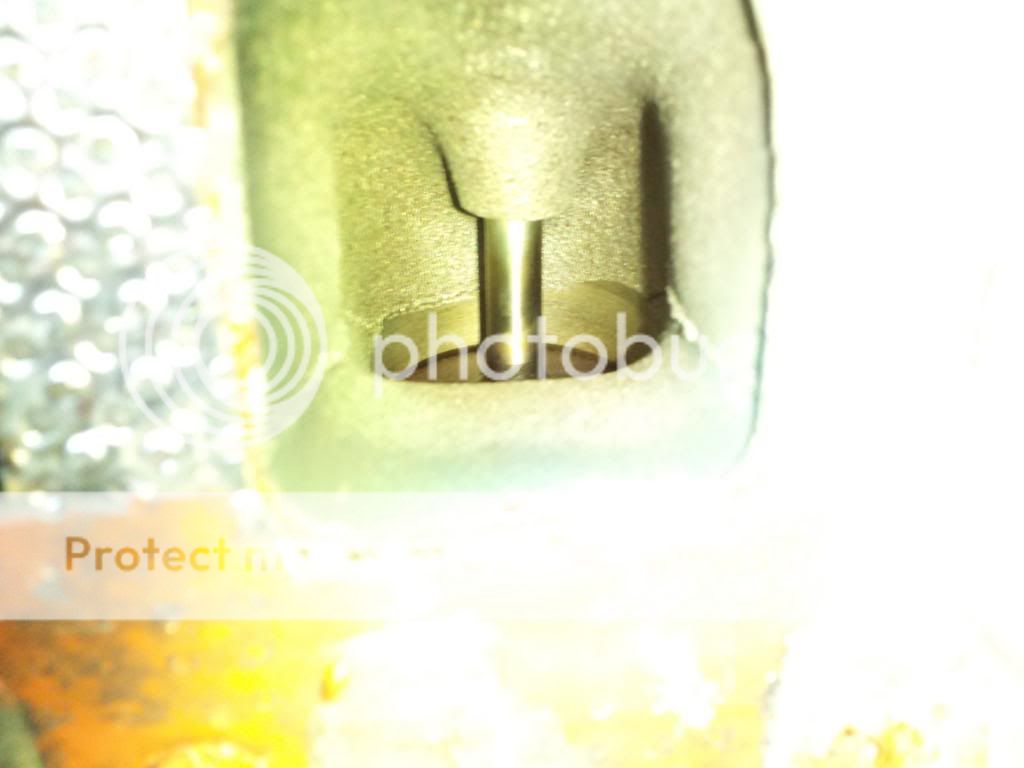I agree with pretty much everything stated above.
With the small exception of me having a 70mm F&B TB.

These superchargers love to breathe!!!!
Knowing what I now know, I would use the 70mm TB. I did not go that way (even though F&B recommended it...) as I was not sure there was enough material on the top of the Sprintex intake to be safe after removal for the larger TB.
There would be. Not by much, but there would be. I would also have F&B make the TB shorter in height. My hood vents are sort of in the way. There would be no issues with a stock hood.
Tubing size between the TB and the filter. F&B recommended 3" and that is what I use. I ran the
residual vacuum test after installation and I have no air flow impedance. They recommend 3" for the 70mm TB also...
For those not familiar with this Old School Test...
Use a vacuum gauge to measure how much, if any, vacuum is left in the intake system at WOT. Ideally, the manifold should be at atmospheric pressure. Rule of thumb says that less than 3"Hg is acceptable. It was this test that drove the TB change. My intake system is at atmosphere at WOT.
If you find vacuum in the intake maifold at WOT, remove the air filter and run again. If the vacuum drops to zero, the filter and or the combination of filter and the connecting tubing is suspect.
I run Spectre products. Was way less expensive to buy a couple of elbows and the piece for the PCV connection that is was to buy their custom part. For a filter, I am running one with a 4" connection necked down to 3". Like I said, zero residual vacuum. Is it the best it can be? Probably not. It works and that is good enough...
So, why do I say that I would go with the 70mm TB? Good question, that is. One of the biggest benefit I have derived from the change is how the AW4 now operates. Here, in Colorado Springs, we have a official altitude of 6,035 feet. This is at the airport, on the south east side of the city. Not on the North End where I live. The altitude at my house is much closer to 6,800. We have enough difference in altitude that it will snow at my place while it is just rains at out friends place on the south side.
Needless to say, we have hills. Lots of them too. Hills that prior to the TB change caused the transmission to drop all the way down into third are now taken in OD, TC locked at two pounds or so of boost. It drives better than stock and I am running P285/75s with 4.56 gears.
So, either a 68mm or a 70mm TB will work fine at
this boost level. The cost from F&B is exactly the same as they machine them out of a chunk of billet to order. This is why they can make it shorter is needs be. Great people by the way. They supply TBs for SC manufacturers so have experience with sizing. Willing to talk with and help out to boot.
For those going north of 7.5 pounds, the vacuum test would need to be done. For those with stroked engines and forced induction, you can research to see what size TBs are being used on V-8 kits in that displacement.
Do not choke your compressor as it will not thank you for it.
Cheers!
OGS




 due to getting tired of dodging the pot shots.
due to getting tired of dodging the pot shots.

